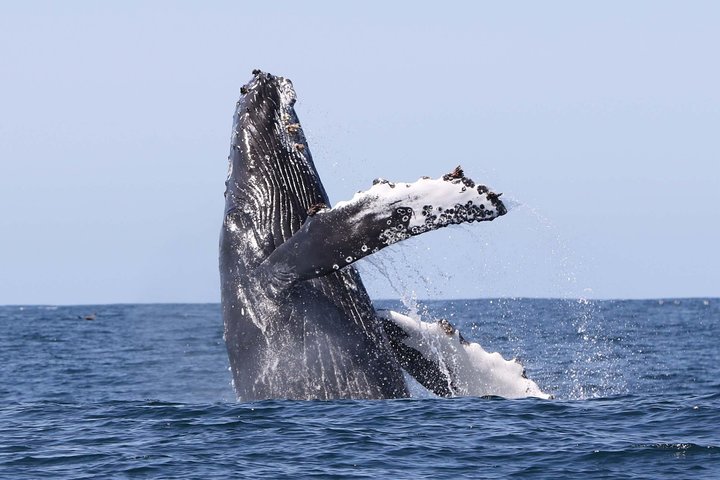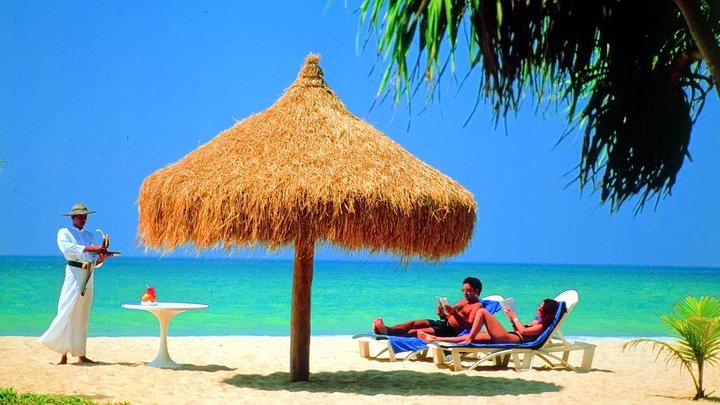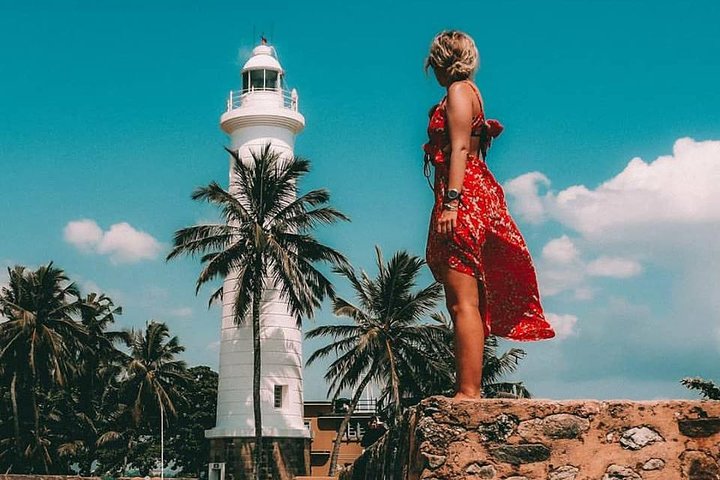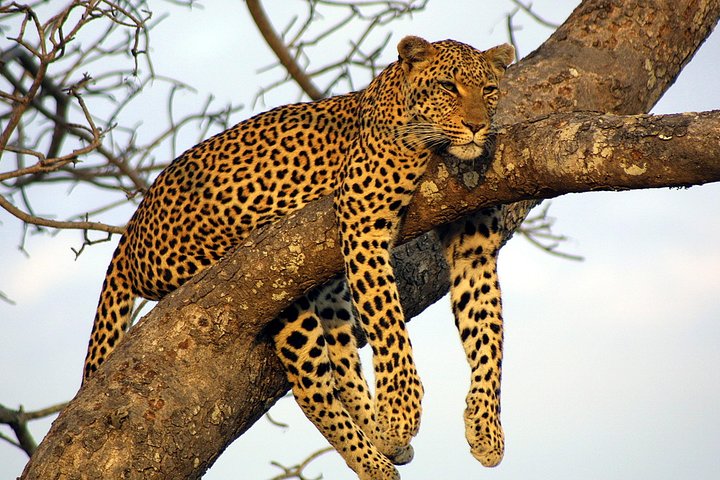Exploring Sri Lanka’s Natural and Historic Wonders: A Two-Day Adventure
Embark on a thrilling journey through Sri Lanka’s diverse landscapes, from the mangrove-rich Madu River to the historic streets of Galle and the whale-filled waters of Mirissa. Discover the wonders of nature and the importance of conservation on this unforgettable adventure.
A Journey Through the Mangroves
As the sun began to rise over the horizon, painting the sky with hues of orange and pink, I found myself embarking on a journey that promised to be both thrilling and enlightening. The first leg of my adventure was a mangrove boat safari on the Madu River, a wetland teeming with life and biodiversity. As a biologist, I was particularly excited to explore this unique ecosystem, which is home to a myriad of species, both flora and fauna.
The boat glided smoothly over the water, weaving through the dense mangrove forests. The air was filled with the sounds of chirping birds and the gentle rustle of leaves. I marveled at the intricate root systems of the mangroves, which play a crucial role in protecting the coastline from erosion and providing a habitat for countless creatures. It was a reminder of the delicate balance of nature and the importance of preserving these vital ecosystems.
Our guide was knowledgeable and passionate, sharing insights about the various species we encountered along the way. From the vibrant kingfishers darting across the water to the elusive monitor lizards basking in the sun, each sighting was a testament to the rich biodiversity of the region. It was a humbling experience, one that reinforced my commitment to wildlife conservation and the need to protect these precious habitats for future generations.
Discovering the Historic Galle Fort
After the serene boat safari, our journey continued to the historic town of Galle, where the past and present coexist in perfect harmony. The Old Town of Galle and its fortifications are a UNESCO World Heritage Site, and as I wandered through its cobblestone streets, I was transported back in time.
The fort, with its massive stone walls and colonial architecture, stands as a testament to the town’s rich history. Built by the Dutch in the 17th century, it has withstood the test of time, surviving numerous battles and natural disasters. As I explored the fort, I couldn’t help but admire the blend of European and Asian influences that are evident in its design.
One of the highlights of my visit was the Galle Lighthouse, which offers breathtaking views of the surrounding coastline. Standing at the edge of the fort, with the ocean stretching out before me, I felt a deep sense of connection to the land and its history. It was a poignant reminder of the resilience of nature and the enduring spirit of the people who call this place home.
Whale Watching in Mirissa
The final leg of my journey took me to the coastal town of Mirissa, renowned for its whale watching tours. As someone who has spent years studying marine life, the opportunity to witness these majestic creatures in their natural habitat was a dream come true.
We set out early in the morning, the sea calm and inviting. The anticipation was palpable as we scanned the horizon for any sign of movement. And then, there it was—a massive blue whale breaching the surface, its sheer size and grace leaving us in awe. It was a moment of pure magic, one that I will cherish forever.
Throughout the tour, we were fortunate to spot several other species, including playful dolphins and the elusive sperm whale. Each sighting was a reminder of the incredible diversity of marine life and the importance of protecting our oceans.
As the sun set on my two-day adventure, I reflected on the experiences that had enriched my understanding of the natural world. From the mangroves of the Madu River to the historic streets of Galle and the open waters of Mirissa, this journey was a celebration of nature’s wonders and a call to action for conservation. I left with a renewed sense of purpose and a commitment to continue advocating for the preservation of our planet’s precious ecosystems.















































